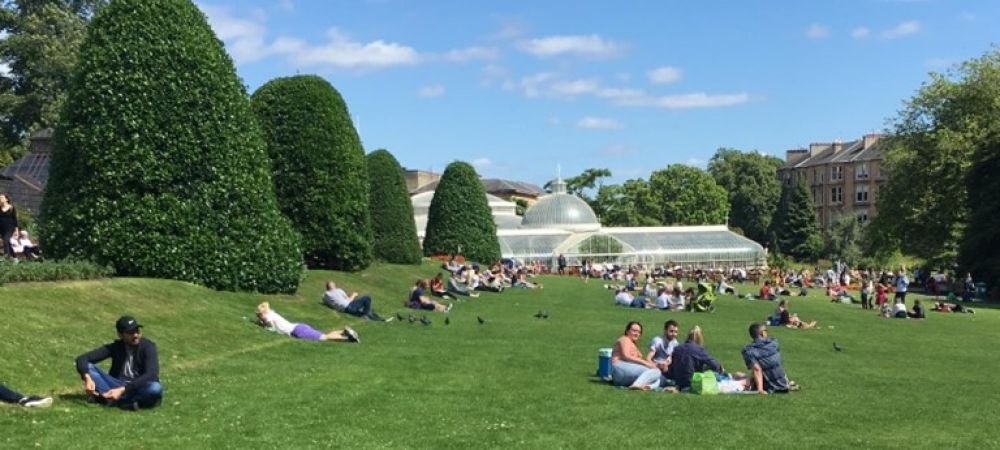

The Glasgow Botanic Gardens, nestled in the heart of Glasgow, United Kingdom, have been a verdant retreat for both locals and tourists since their inception. Established in 1817 by Thomas Hopkirk, a distinguished botanist, the gardens were initially designed for educational purposes. The gardens provided an opportunity for the study of plants and their medicinal properties.
During the early 19th century, Glasgow experienced significant industrial growth, leading to a dense urban environment. The establishment of the Botanic Gardens offered a much-needed green space for the citizens of Glasgow. It quickly gained popularity as a leisure destination and played an essential role in the burgeoning tourism sector of the city.
The most iconic structure within the gardens, the Kibble Palace, was constructed in the 1870s and further solidified the gardens' status as a must-visit attraction. This magnificent glasshouse initially housed concerts and social events before transitioning into a conservatory for exotic plant species from across the globe.
As transportation improved with the advent of the railway, Glasgow became an accessible destination for travelers from across the United Kingdom and beyond. The Glasgow Botanic Gardens played a significant role in attracting those with a penchant for horticulture and serene landscapes. Over time, the gardens evolved with diverse plant collections and amenities to enhance visitor experiences.
In recent years, tourism trends have shown a growing interest in sustainable and eco-friendly travel experiences. The Glasgow Botanic Gardens align well with these values, offering a space that promotes conservation and botanical education. Additionally, the gardens have incorporated modern attractions such as interactive exhibits and engaging events like the Bard in the Botanics, an outdoor Shakespeare festival.
Continuously adapting to cultural and environmental changes, the Glasgow Botanic Gardens remain a key component of Glasgow's tourism landscape. Their commitment to education, conservation, and recreation ensures that they will remain a cherished destination for future generations.
Open year-round with no admission fee, the Glasgow Botanic Gardens are accessible to all, promoting inclusivity in tourism. Whether one chooses to stroll through the vibrant flora, admire Victorian architecture, or participate in educational programs, the gardens provide a comprehensive and enriching experience.
The tourism history of the Glasgow Botanic Gardens is a testament to the city's dedication to preserving natural beauty amidst urban development. As a hub for botanical research, relaxation, and cultural activities, it remains a beloved jewel in Glasgow's tourism crown.